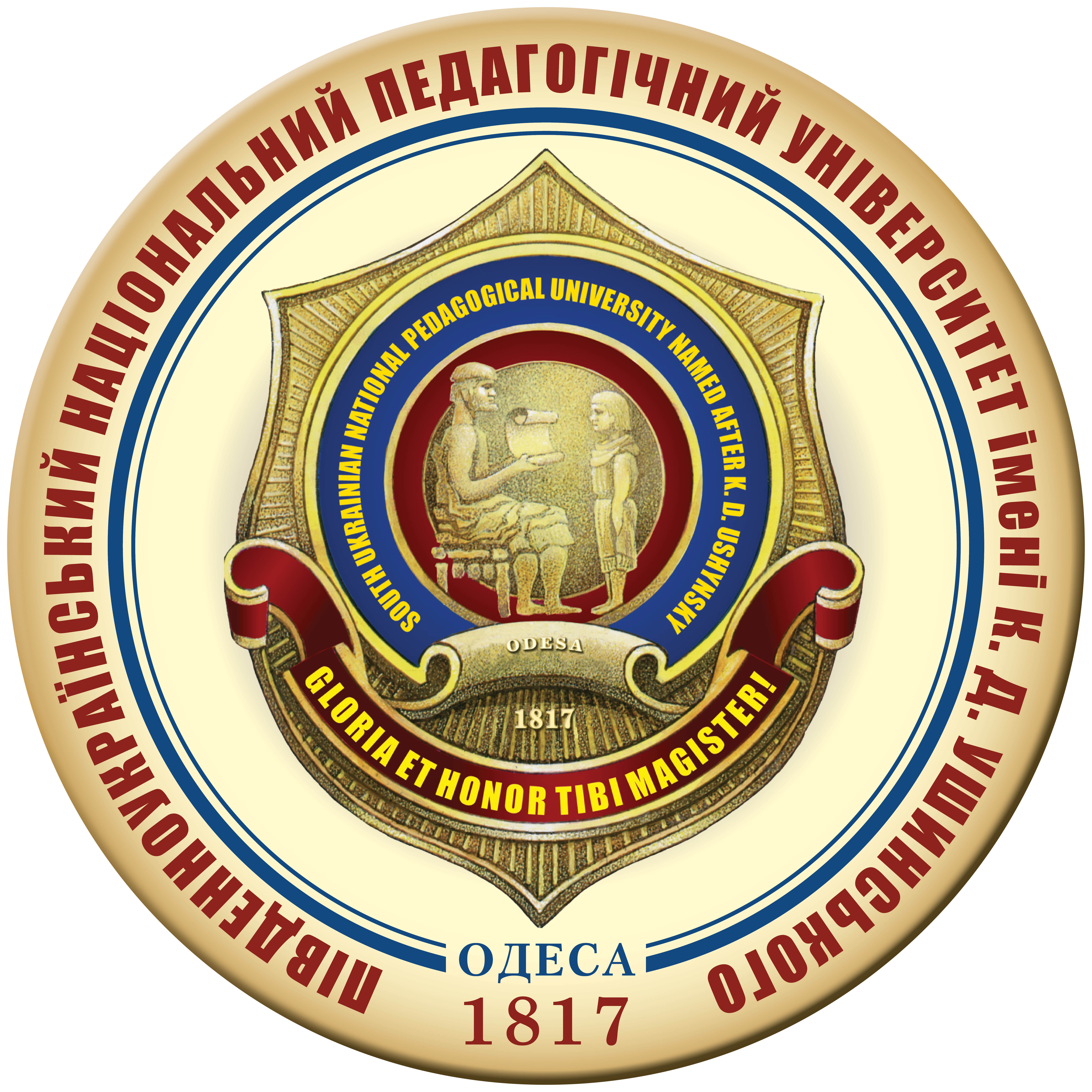FEATURES OF THE FORMATION OF SYNCHRONOUS PERFORMANCE OF EXERCISES IN CHOREOGRAPHY AND TECHNO-AESTHETIC KINDS OF SPORTS AT THE STAGE OF INITIAL AND PRELIMINARY BASIC TRAINING
DOI:
https://doi.org/10.24195/olympicus/2024-1.20Keywords:
technical and aesthetic types, sport, choreography, performing skill, synchronicity, stage of initial training, preliminary basic trainingAbstract
The article examines the issue of forming the synchronicity of performing choreographic exercises in technical and aesthetic sports and in dance disciplines, which is an indicator of performance skill, highly appreciated by judges and spectators. There are certain requirements for performing competitive and choreographic exercises, which explain the long way of preparing for performances. In particular, they must be performed correctly technically, timely, efficiently, stably, expressively, aesthetically, and in collective interactions – also synchronously. The synchronicity of performing elements, exercises and combinations in collective dances and group exercises of technical and aesthetic sports (artistic and aesthetic gymnastics, cheerleading, sports acrobatics, formation in figure skating and sports ballroom dancing, artistic swimming, etc.) is of great importance. The problem is that the indicators of the synchronicity of the exercises should be developed and improved, starting from the stage of initial training of athletes and dancers, but the traditional training method does not provide for this, and the tools and methods used are mainly designed for children and young people who are engaged in sports and choreography at later stages. This served as the topic for conducting research, which was based on the development and experimental verification of the effectiveness of methodological and practical recommendations for the formation of synchronicity of exercises at the stage of initial and preliminary basic training. Materials and methods. The following methods were used to conduct the research: theoretical analysis and generalization of data from scientific-methodical and special literature, information resources on the Internet, pedagogical observations; poll; method of expert assessment, pedagogical experiment, methods of mathematical statistics. The results. The conducted survey of specialists in technical and aesthetic sports and choreography shows that the main method of working out the synchronicity of an exercise is its repeated repetition; at the same time, 58.6% of respondents use the training method adopted for older students; 33.4% – musical accompaniment with a clear rhythm, use additional counting; however, 8% do not recommend forming synchronicity at this age. The results of pedagogical observations are fully consistent with the results of the survey. A group of experts was invited to evaluate the synchronous execution of the exercise and test tasks that were developed. The following teams took part in the experiment: artistic gymnastics group exercises and aesthetic group gymnastics and two dance groups – folk and modern dance. In the process of developing the program for forming the synchronicity of the exercises, the means and methodical techniques were defined, the indicators that form the concept of "synchronicity" were defined, tasks were developed to assess its level, and the process of forming synchronicity was designed. The analysis of the obtained data shows that the use of the developed method of forming the synchronicity of exercises in artistic and aesthetic gymnastics, as well as in dance teams, led to an improvement in the performance of test tasks that were evaluated by experts. Conclusions. Analysis of the literature, surveys and pedagogical observations testify to the importance of synchronicity for the formation of performance skills in technical and aesthetic sports and choreography, which caused the need to develop a program for the formation of synchronicity at the initial stages of training for athletes. Indicators that influence the formation of synchronicity were selected, test tasks were developed to determine them, and tools and methodological techniques were developed for the program of synchronicity formation at the initial stages of training. Implementation of the developed program in the educational and training process of athletes and dancers made it possible to improve the synchronicity of the performance of test tasks from 5.2% to 6.7%.
References
Вікіпедія. Режим доступу: https://uk.wikipedia.
Білецька І. Г. Музично-ритмічне виховання у видах спорту естетичної спрямованості : навчальний посібник. Харків : ХДАФК, 2017. 126 с.
Кидонь В.В. Вдосконалення технічної підготовки спортсменок 14-16 років, які займаються естетичною груповою гімнастикою. Автореф. дис. … канд. наук з фіз. вих. і спорту. Дніпро, 2019. 20 с.
Мукоїд А., Єременко О. Вдосконалення стабільності виконання змагальних композицій в групових вправах художньої гімнастики. Науковий часопис НПУ імені М.П. Драгоманова. Випуск 6 (76) 2016. С. 84 – 88.
Сиваш І. С. Формування спеціалізації юних спортсменок на етапах початкової та попередньої базової підготовки (на матеріалі групових вправ художньої гімнастики). Автореф. дис. … канд. наук з фіз. вих. і спорту. Київ, 2013. 20 с.
Свідлер Т. А., Тимакова Т. С. Шляхи підвищення якості підготовки висококваліфікованих спортсменок у парній акробатиці. Вісник спортивної науки. 2009. No 4. С. 8–9.
Сосіна В. Ю. Хореографія в спорті : навчальний посібник. Київ : Олімпійська література, 2021. 280 с.








